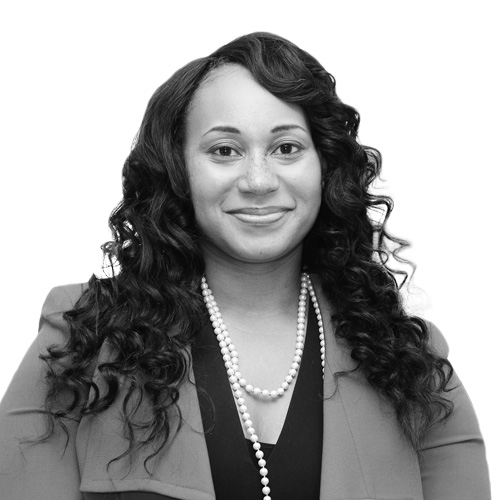For those who came of age in the 1980s, technology at school was pretty much taken care of by students in the AV club. The old stereotype is exemplified by someone pushing a cart with a slide carousel and a projector down the hallways. The student gets everything set up for the teacher, and comes back to fiddle with the equipment if it sputters. What a difference time can make.
Although technology in all of its iterations has always been used as an educational tool, it’s now so integrated in the daily curriculum that school districts have senior-level IT executives. At Fairfax County Public Schools (FCPS), the largest public school system in Virginia, chief information officer Maribeth Luftglass oversees the acquisition and strategic implementation of technology for a system that encompasses about 30,000 employees and roughly 187,000 students.
The child of a high school teacher and a college president, Luftglass showed an early aptitude for math and science. She went on to receive her bachelor’s degree in math and economics at the College of William and Mary before earning her master’s degree in applied science at George Washington University. Looking for a way to use her abilities to help others, she joined the American Red Cross as senior director of IT and spent fifteen years helping coordinate disaster relief efforts around the world. One of her major accomplishments with the agency was to create its first online donation system.
She loved the work, but once she had children, the constant travel that was required became less than ideal. Luftglass wanted something that would keep her near home, but also wanted to remain involved in the nonprofit sector. In 1999, the opportunity with FCPS presented itself, and she returned to her roots in education, which she calls the family business.
“Growing up, I was taught to give back to others,” Luftglass says. “I wanted to find a way to use my skills and talents to do that. The Red Cross was a wonderful opportunity to make a difference, but I had also always been interested in the world of education, and being part of a school system fit perfectly.”
As CIO, Luftglass works in two spheres: at the enterprise level and in the schools themselves. FCPS is a school system, but it is structured in a similar fashion to a Fortune 500 company, with payroll, transportation, libraries, and student information to manage. Then, there’s also the tech in the schools: computers, iPads, education software, and apps, to name a few. FCPS has about two hundred thousand computers and a wireless network with roughly two hundred locations and eight thousand access points. Toss in about two hundred thousand parents and the larger community that interacts with the schools, and Luftglass is now responsible for four hundred thousand users. She has about four hundred staff under her, managing everything from network administration to the safety of student data. And everything has to work seamlessly together.
Luftglass is also the technology liaison with the school board and the superintendent, and she remains close with day-to-day work of the schools. Every week, she’s in schools talking to principals and teachers to get feedback on their priorities for technology. She and her staff mentor students individually, as well as grade science fairs and participate in other student activities.
“I want to make sure we never lose the human element,” she says.
Managing such a large enterprise, it’s helpful to have, as Luftglass does, crystal clear objectives to keep herself and her staff on task. “I want my students and teachers to have access to the information and the systems they need to do their jobs,” she says. “It’s the system’s job to educate and the students’ job to learn, so I want to make sure they don’t have to worry whether computer systems are running properly. I’m also aligning myself with the strategic plan of the school system and ensuring there isn’t a digital gap. Kids in poverty need to have the same access to the Internet and technology. I don’t want technology to be a reason they can’t get their work done.”
Luftglass and her team continue to expand the way technology is used in the schools. FCPS was one of the first districts in the country to launch a bring your own device (BYOD) program. Luftglass says the initiative is bringing devices from under the desk and into clear view, meaning it allows students to use their cell phones, tablets, and laptops, and makes sure they are connected. The program trains teachers on how to integrate the devices into their curriculum. About eighty thousand students currently participate.
One of the greatest accomplishments of technology in education today, Luftglass says, is the adaptive learning made possible through online applications. In reading programs, online books will increase in difficulty at the pace the student is learning. As a result, if there is a class of third graders with disparate reading levels, they can all continue learning without the teacher having to slow the class down at the expense of the higher-level readers or speed things up at the expense of the students who are learning slower than others.
Looking ahead, Luftglass sees cloud-based applications and the Internet of Things impacting education. FCPS already has one online campus and plans to open more. The school system is also looking to build more business partnerships that will allow students to do internships and connect with international experts when working on projects. It’s hard to predict specifically what, but there will be more technology initiatives coming down the pipeline, which is something that Luftglass finds more than exciting.
“We can’t really imagine what it’s going to be like,” she says. “That’s the fun thing about technology.”

